Similar Posts
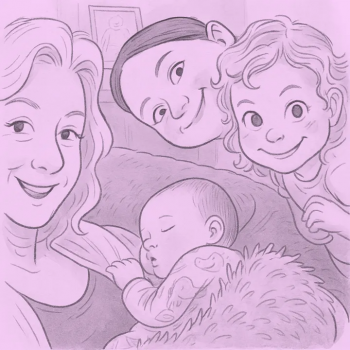
When Daughters become Mothers – The Attachment Story Behind the Pram
ByJo OxleyWhen Daughters Become Mothers: The Attachment Story Behind the Pram When a daughter becomes a mother, it isn’t just a change in role, it’s a seismic shift in the heart, the mind, and often the sense of self. It’s a chapter where the past, present, and future meet in the smallest of bundles. Recently, I…

The Truth About Avoidant Attachment: Why Distance Doesn’t Mean Disinterest
ByJo OxleyThe Truth About Avoidant Attachment: Why Distance Doesn’t Mean Disinterest One of the most common misconceptions about avoidantly attached individuals is that they are emotionally detached and uninterested in connection. This assumption can lead to frustration, misunderstandings, and even a communication breakdown. We see this frequently in couples therapy. The Myth: Avoidant Clients Are Emotionally…
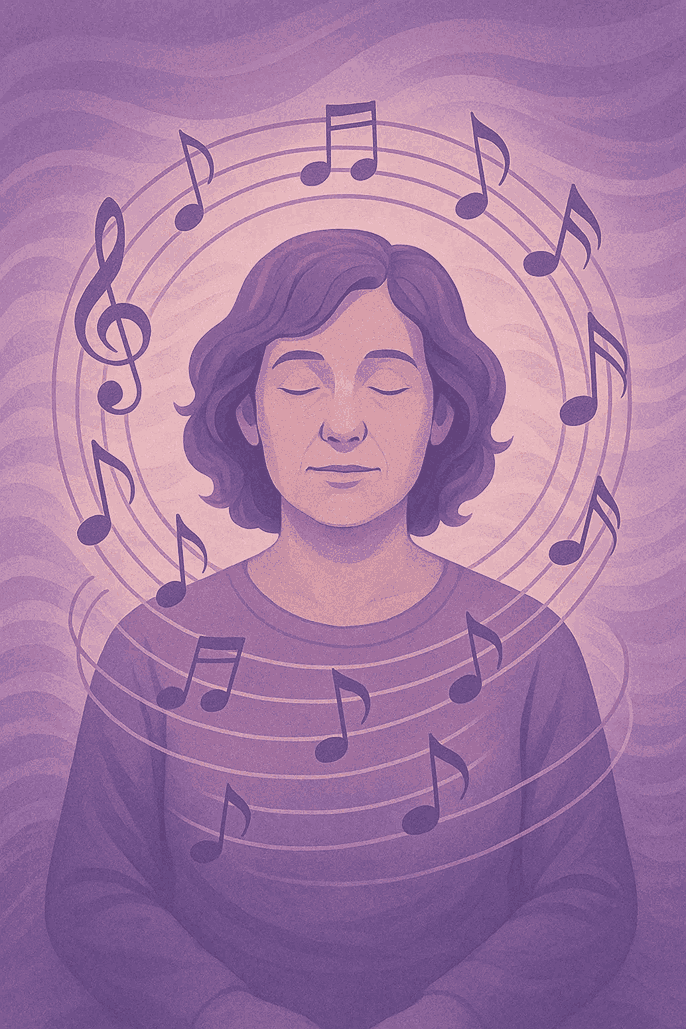
Music as an Attachment Figure
ByJo OxleyCan music be more than just background noise? For many, it becomes a lifeline—an emotional surrogate offering containment, regulation, and a sense of presence. This post explores how music can act as a secure base in the absence of safe attachment figures, grounded in both personal experience and therapeutic insight
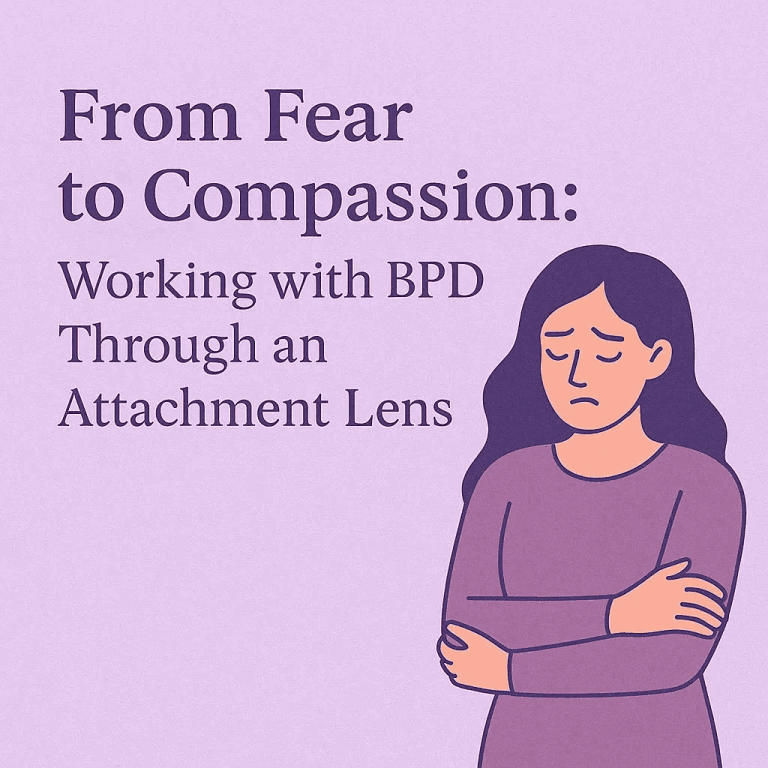
From Fear to Compassion: Working with BPD Through an Attachment Lens
ByJo OxleyBorderline Personality Disorder is often met with fear in clinical spaces—but through the lens of attachment theory, we see not manipulation, but survival. This piece reframes BPD with compassion and grounded therapeutic insight
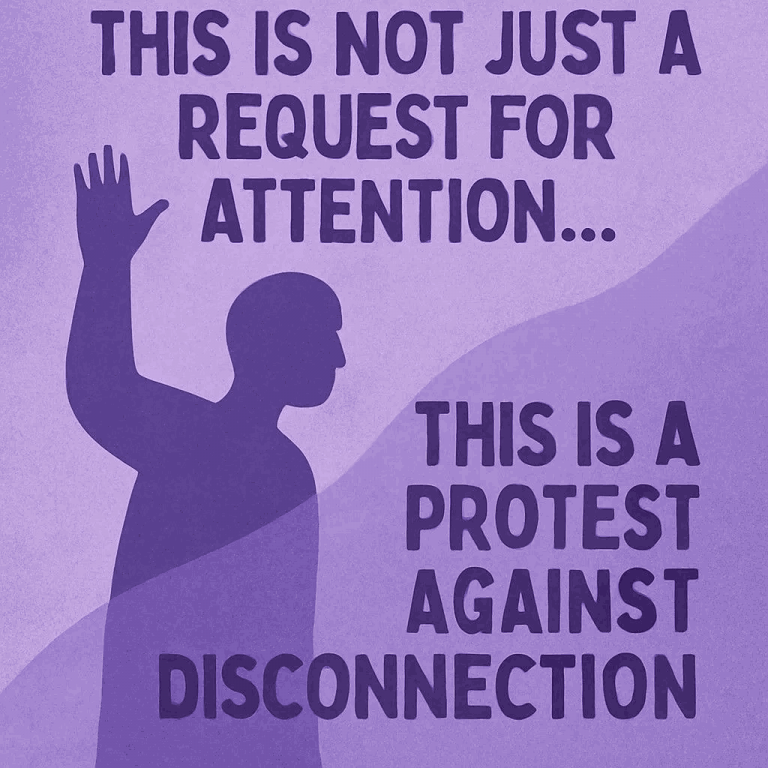
This Is Not Just a Request for Attention. This Is a Protest Against Disconnection: A Therapeutic Reframe from David Wallin
ByJo OxleyWhat if “attention-seeking” is actually a protest against disconnection? Explore David Wallin’s powerful reframe of client behavior through the lens of attachment theory—and how it can transform your therapeutic presence
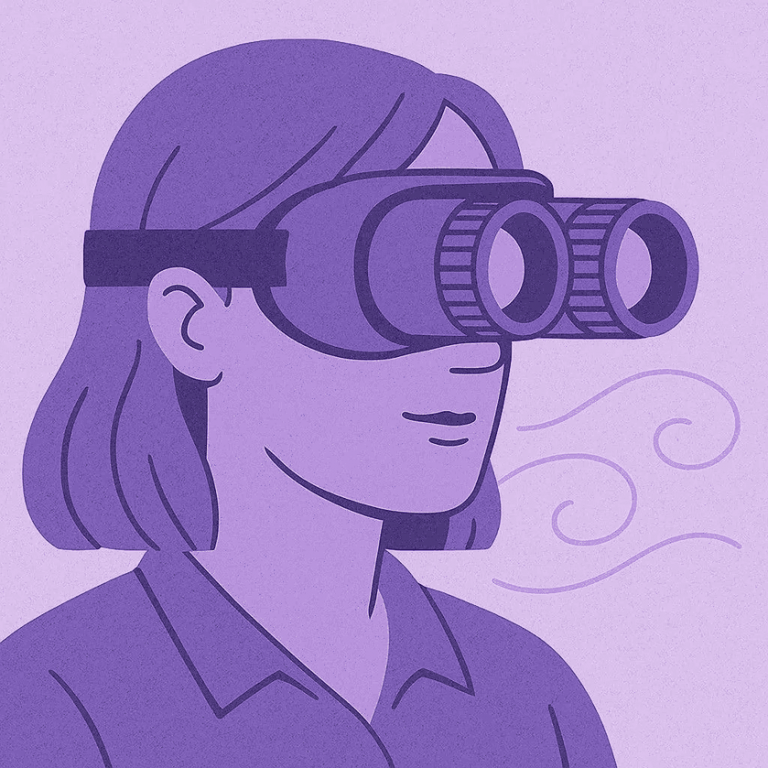
Attachment Night Vision: Seeing Beneath the Surface in Psychotherapy
ByJo OxleyTherapists don’t just listen to stories—they read bodies. This article explores how attachment theory and somatic awareness can give clinicians “night vision” to detect what’s unspoken: the nervous system responses shaped by trauma and care. Learn to work with the body as a storyteller in relational healing
